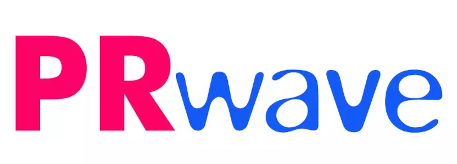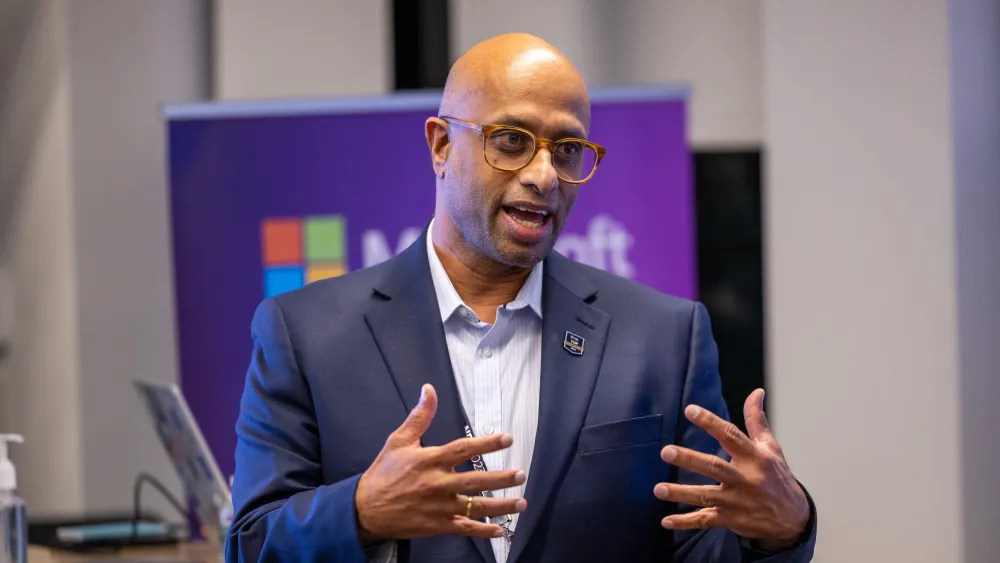There’s a new marketing catchphrase that’s getting rave word-of-mouth reviews. From articles in the popular press to conversations in the classroom, huge companies to boutique marketing firms, suddenly it seems you can’t talk about new products without addressing ‘buzz marketing.’ "People are buzzing about buzzing," says Wharton marketing professor Barbara Kahn. "People think it’s cool. There is something almost empowering about the idea of being able to ‘buzz’ your way into the products people buy."
Buzzing: What Is It?
Put simply, buzz marketing is the practice of gathering volunteers to try products, then sending them out into the world to talk up their experiences with the people they meet in their daily lives. The idea is that the more people see a product being used in public, or the more they hear about it from people they know and trust, the more likely they will be to buy it for themselves. Of course, word-of-mouth has long been the way that many people find their favorite products, or learn about a new favorite movie, book or restaurant. "For years, people recognized the power of word-of-mouth in convincing, influencing, affecting consumer behavior," says marketing professor Jerry Wind. "It has more credibility than traditional advertising." But it’s a fairly recent development for companies to try to create a structure around the practice, to harness and direct the way that word-of-mouth spreads — and to attempt to measure its effect on sales once the ‘campaign’ is complete. "Buzzing isn’t really new. The hype about these different kinds of buzz agents is what’s new," says Kahn.
In practice, buzz marketing can take several different forms. Some companies identify particular types of people to do their buzzing for them. Known as ‘mavens’ (for readers of Malcolm Gladwell’s Tipping Point) or ‘influencers’ or ‘early adopters,’ these are the people who naturally set cultural trends, who define what is cool before the rest of the world even realizes it exists. "Gladwell put it in terms that everyone understood, but basically there are people out there who can tell what’s cool and what’s not. We all know them — the people who tell us about great restaurants, or who have cool clothes before we do," Kahn says. "To make buzzing really work, I do have to believe that the person I’m listening to is discriminating, that he or she knows something I don’t. Otherwise that person is not giving me anything new." Procter & Gamble pioneered this approach on a large scale by recruiting hundreds of thousands of ‘maven’ teenagers to create buzz about new products — some as mundane as toothpaste. "P&G started this idea of manufacturing word-of-mouth," says Wind. "They recruited a quarter million teens to talk about their products. Now they are in the process of recruiting mothers to do the same thing because they have suddenly realize that word-of-mouth is a powerful thing."
Other buzz marketers rely less on natural trendsetters and more on ‘connectors.’ "If they really want something to spread — to see not just a slow diffusion but a big jump in awareness — you go to the connectors," Kahn says. "Oprah is the king of all connectors. Basically these are people who have bigger rolodexes than the rest of us. They have lots of contacts in different circles, so word will spread. Fast."
Articole recomandate:
Exclusive Interview with ShiSh Shridhar, Microsoft: I foresee several exciting developments in the r...
Interviu cu ChatGPT despre avantajele și limitele lui, despre marketing, relații publice și multe al...
Yoana Boyanova, VMware Bulgaria - I’m inspired by the people around me - how they think and behave a...
Interviu în exclusivitate cu Răzvan Andrei - redactor-șef Editura Publisol: "Cartea tipărită e la pu...
Scrisoare pentru juniori
Scurt istoric al evoluției Strategic Planning-ului în cadrul agențiilor de publicitate din România, ...
În România nu există scriitor de succes, doar scriitor cunoscut (III)
The Brand IS the Strategy



